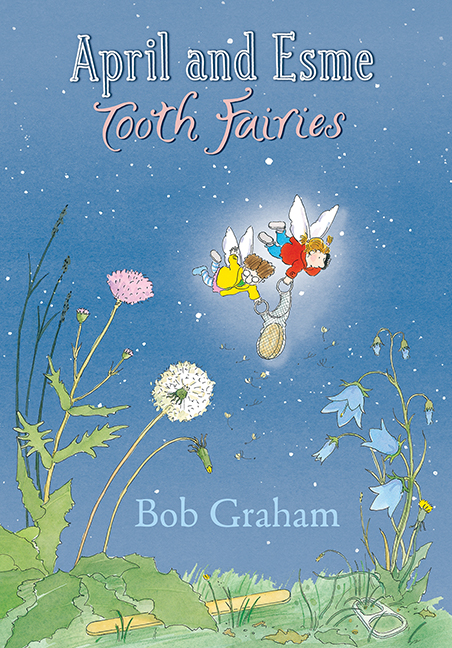 The portrait of Juan de Pareja in last week's Middle Grade Gallery was painted by Diego Vezquez in Rome, 1650. Congratulations to Jennifer of Jean Little Library for correctly identifying the source of the descriptions, Elizabeth Borton de Trevino's 1966 Newbery Award-winning novel, I, Juan de Pareja (this gorgeous edition is from Square Fish, 2008; the tagline on the cover reads "The story of a great painter and the slave he helped become an artist"). Apparently, the portrait was such a startling likeness of Pareja that when he himself unveiled it to prospective patrons of Velazquez (in a nice bit of theater which also appears in the book, as quoted below), they didn't know whether to speak to him or the portrait:
The portrait of Juan de Pareja in last week's Middle Grade Gallery was painted by Diego Vezquez in Rome, 1650. Congratulations to Jennifer of Jean Little Library for correctly identifying the source of the descriptions, Elizabeth Borton de Trevino's 1966 Newbery Award-winning novel, I, Juan de Pareja (this gorgeous edition is from Square Fish, 2008; the tagline on the cover reads "The story of a great painter and the slave he helped become an artist"). Apparently, the portrait was such a startling likeness of Pareja that when he himself unveiled it to prospective patrons of Velazquez (in a nice bit of theater which also appears in the book, as quoted below), they didn't know whether to speak to him or the portrait:
Then I said, "I understand that you are interested in portraiture, and I thought you might like to look at this one, your honor."
I flung back the cover and set up the portrait by my side. I had taken care to dress in the same clothes and also to wear the white collar, and I could hear the Duke gasp.
"By Bacchus!" he shouted. "That is a portrait!"
I think the tagline gets it backward, but the story is indeed as much about Velazquez, who is portrayed as thoughtful and reserved, a true friend to slave and king alike; as it is about Juan. There are cameo appearances by other artists of the day as well, including Rubens and Murillo (and a visit to the workshop of a sculptor of religious images, Gil Medina); as a historical novel it gives a good sense of seventeenth-century Spain. One of my favorite Newbery books.
 The portrait of Juan de Pareja also plays an important part in this year's Pura Belpre Illustrator Award-winning book, Grandma's Gift by Eric Velasquez (presumably no relation; Walker, 2010), in which a boy and his grandmother visit the Metropolitan Museum of Art to see it. I haven't read this book yet, but it's on the hold list.
The portrait of Juan de Pareja also plays an important part in this year's Pura Belpre Illustrator Award-winning book, Grandma's Gift by Eric Velasquez (presumably no relation; Walker, 2010), in which a boy and his grandmother visit the Metropolitan Museum of Art to see it. I haven't read this book yet, but it's on the hold list.
Finally, it's proven difficult to pin down Pareja's expression in just one word! It looks like I'm going to have to settle for complicated.



